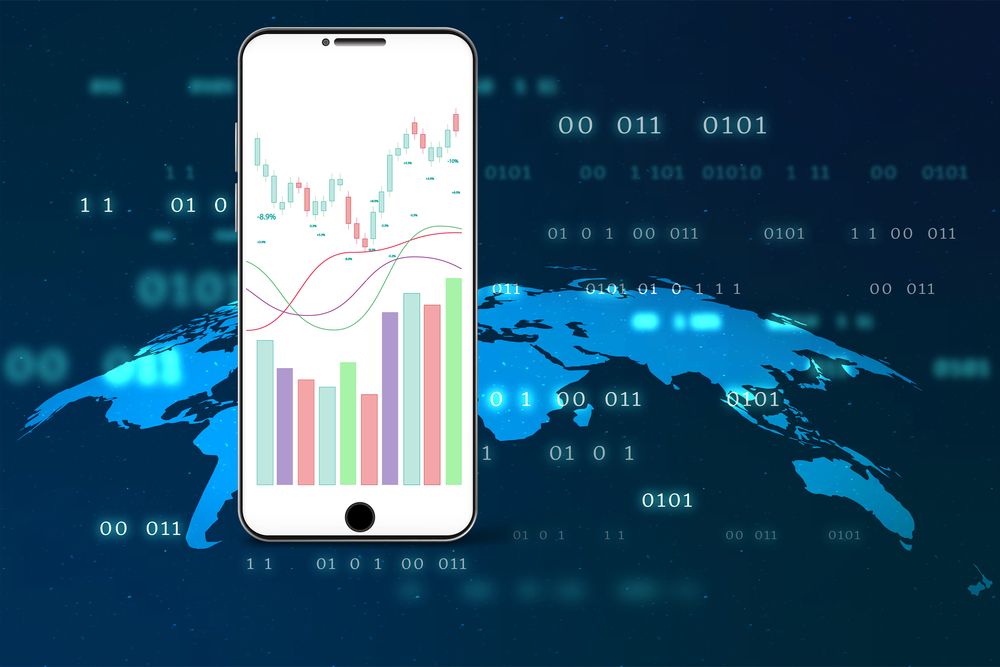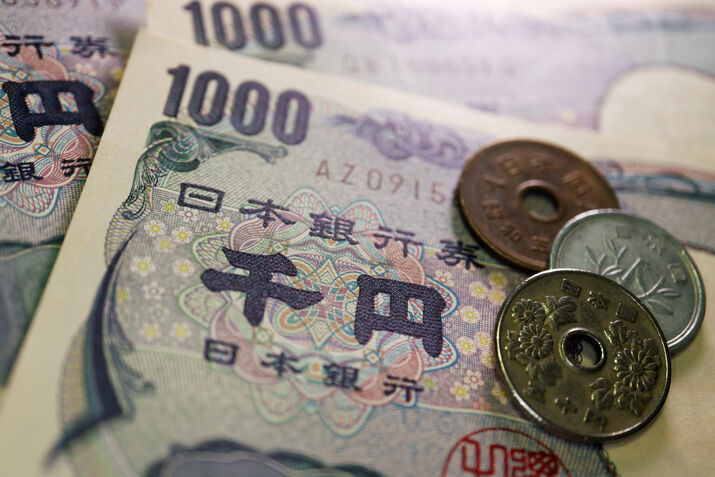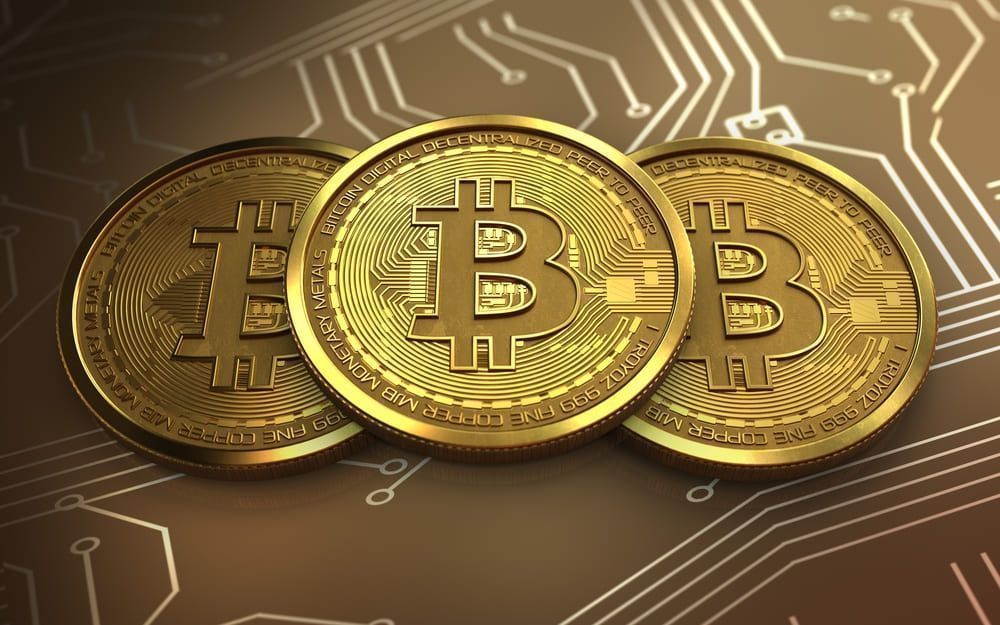USD/JPY consolidates near 147.90 as Fed’s Cook vows to stay

- The US Dollar bounces up from lows as Fed Governor Cook refuses Trump's order to resign.
- Trump's attempt to fire Cook eroded confidence in the central bank and hit the US Dollar on Monday's late trading.
- The Greenback is picking up after Friday's sell-off, following Powell's hints at lower interest rates.
The US Dollar is regaining lost ground across the board amid a new twist in the Federal Reserve saga, as Governour Lisa Cook dismissed Trump’s call to resign and committed to carry on with her duties at the Central Bank.
The US Dollar has bounced up from lows right above 147.00 on Tuesday’s early trading and is now consolidating within a tight range around 147.80, with Monday’s highs at 147.93 holding bulls for now.
US President Trump shocked investors on Monday, announcing an order to fire Cook in an unprecedented move, of unclear legal backing. The US Dollar reacted with losses amid investors’ concerns about the Fed’s credibility, but is picking up again after Cook committed to remaining in her duties.
Fed easing hopes are weighing on the USD
The pair depreciated more than 1% on Friday following a dovish speech by Federal Reserve Chairman Jerome Powell, who sounded more open to cutting interest rates in the coming months, citing the downside risks threatening the labour market.
At the same time, BoJ Governor Ueda warned about the inflationary impact of growing wages, suggesting that the conditions are set for a further rate hike. Later this week, the Tokyo CPI figures are likely to shed some more light on this topic.
In this context, the focus is on Friday’s PCE Prices Index, the Fed’s inflation gauge of choice. The market would celebrate moderate inflation figures that would practically confirm a rate cut after the September meeting. Such an outcome might accentuate the BoJ-Fed monetary policy divergence to the detriment of the US Dollar.
Central banks FAQs
Central Banks have a key mandate which is making sure that there is price stability in a country or region. Economies are constantly facing inflation or deflation when prices for certain goods and services are fluctuating. Constant rising prices for the same goods means inflation, constant lowered prices for the same goods means deflation. It is the task of the central bank to keep the demand in line by tweaking its policy rate. For the biggest central banks like the US Federal Reserve (Fed), the European Central Bank (ECB) or the Bank of England (BoE), the mandate is to keep inflation close to 2%.
A central bank has one important tool at its disposal to get inflation higher or lower, and that is by tweaking its benchmark policy rate, commonly known as interest rate. On pre-communicated moments, the central bank will issue a statement with its policy rate and provide additional reasoning on why it is either remaining or changing (cutting or hiking) it. Local banks will adjust their savings and lending rates accordingly, which in turn will make it either harder or easier for people to earn on their savings or for companies to take out loans and make investments in their businesses. When the central bank hikes interest rates substantially, this is called monetary tightening. When it is cutting its benchmark rate, it is called monetary easing.
A central bank is often politically independent. Members of the central bank policy board are passing through a series of panels and hearings before being appointed to a policy board seat. Each member in that board often has a certain conviction on how the central bank should control inflation and the subsequent monetary policy. Members that want a very loose monetary policy, with low rates and cheap lending, to boost the economy substantially while being content to see inflation slightly above 2%, are called ‘doves’. Members that rather want to see higher rates to reward savings and want to keep a lit on inflation at all time are called ‘hawks’ and will not rest until inflation is at or just below 2%.
Normally, there is a chairman or president who leads each meeting, needs to create a consensus between the hawks or doves and has his or her final say when it would come down to a vote split to avoid a 50-50 tie on whether the current policy should be adjusted. The chairman will deliver speeches which often can be followed live, where the current monetary stance and outlook is being communicated. A central bank will try to push forward its monetary policy without triggering violent swings in rates, equities, or its currency. All members of the central bank will channel their stance toward the markets in advance of a policy meeting event. A few days before a policy meeting takes place until the new policy has been communicated, members are forbidden to talk publicly. This is called the blackout period.







